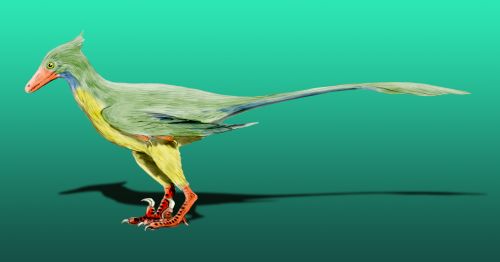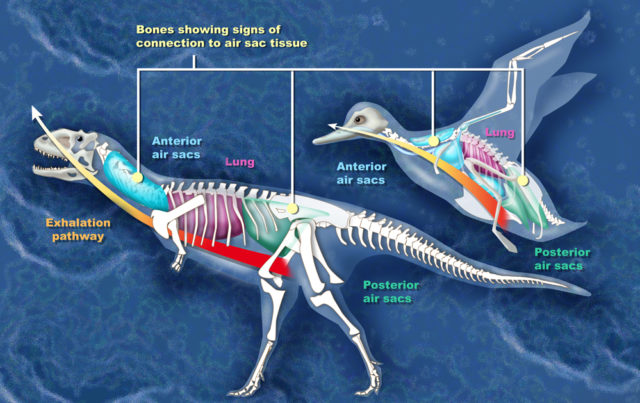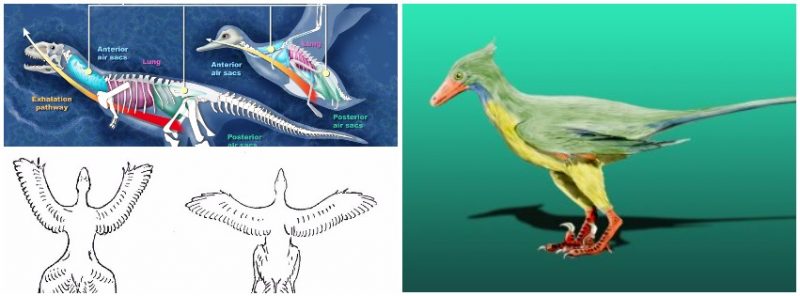Nature is littered with intricate mechanisms and complex living systems that evolved over millions of years into their modern form;, though some of us find them awe- inspiring, most of us simply look at them as something that has always existed and will always remain the same. This is not true, almost all the characteristics of life we see around us had a very ‘humble beginning’ – to put it in layman’s terms – a beginning which started a process of millions of years of natural selection.

Considered one of the oldest families of animals that evolved, the earliest birds had the traits and characteristics resembling that of a modern bird. The very first known ‘ancestor’ of the modern birds is named as Archaeopteryx that evolved 150 million years ago in what is now the southern Germany.

However, scientists and paleontologists are divided over whether these early birds actually attained the capability of sophisticated flights and aerodynamic maneuverability. There is a lack of concrete evidence to show that these creatures actually did soar through the skies above the dinosaurs.A recent project has helped researchers probe deeper into the study of bird’s evolution especially in its earliest of stages. To create a detailed picture of bird’ “tree of life”, the genome of 45 species of modern birds was sequenced to get as close to their earliest form of evolution as possible. The project helped scientists understand not only the stages of the evolution of the bird, but it also helped them to learn more about the generation of feathers, their flight mechanism and other muscle transformations that proved critical for them to be able to fly freely.

The project also identified a “big bang” period for avian evolution 10 to 15 million years after the extinction of the dinosaurs, some 66 million years ago. It was around this time that most of the 10,000 or so birds’ species alive today evolved.
The analysis of an amazingly well preserved, 125 million year old wing found in Spain shows that it belonged to a tiny bird which had the complex arrangement of muscle, bone and feather required for true flight. This means that birds did indeed roam the skies above the dinosaurs.

Two wading birds that were found fossilized in Hebei province in north-eastern China date back even further; they are 130 million years old. They exhibit similar traits to modern birds, such as the perfectly fused bones at the top of its wings and tail feathers. The discovery of the pair, named by the paleontologists as Archaeornithura meemannae, has pushed back the earliest known record of evolved birds at least five million years.
